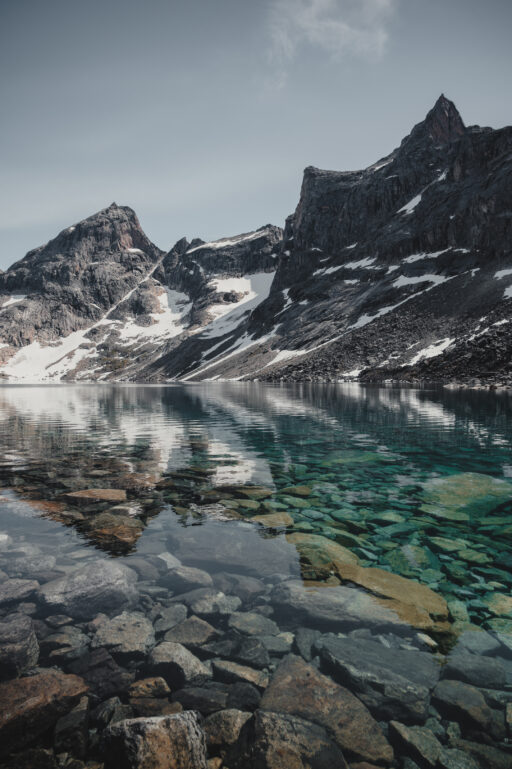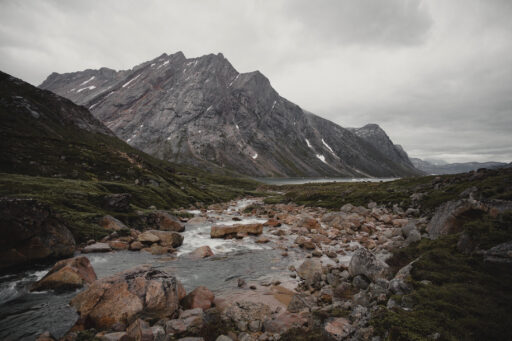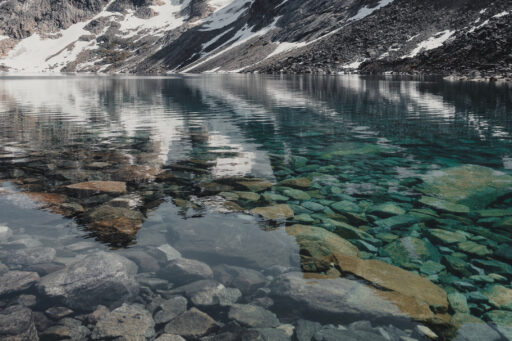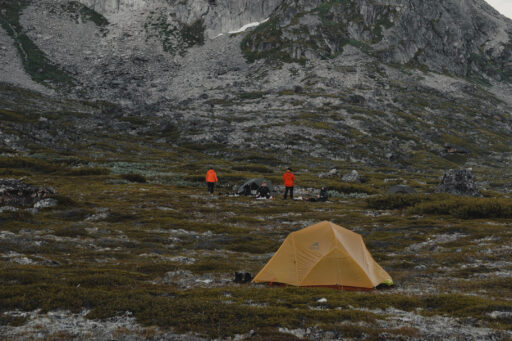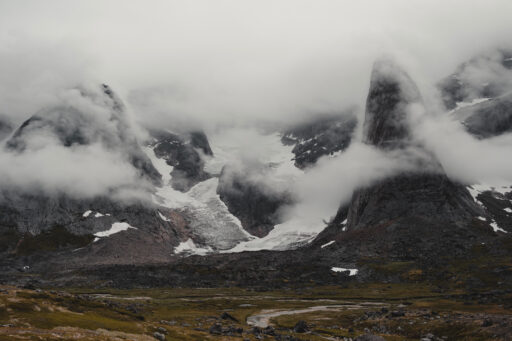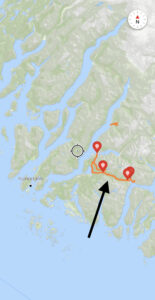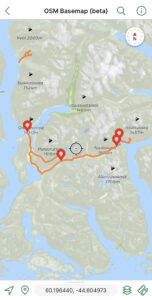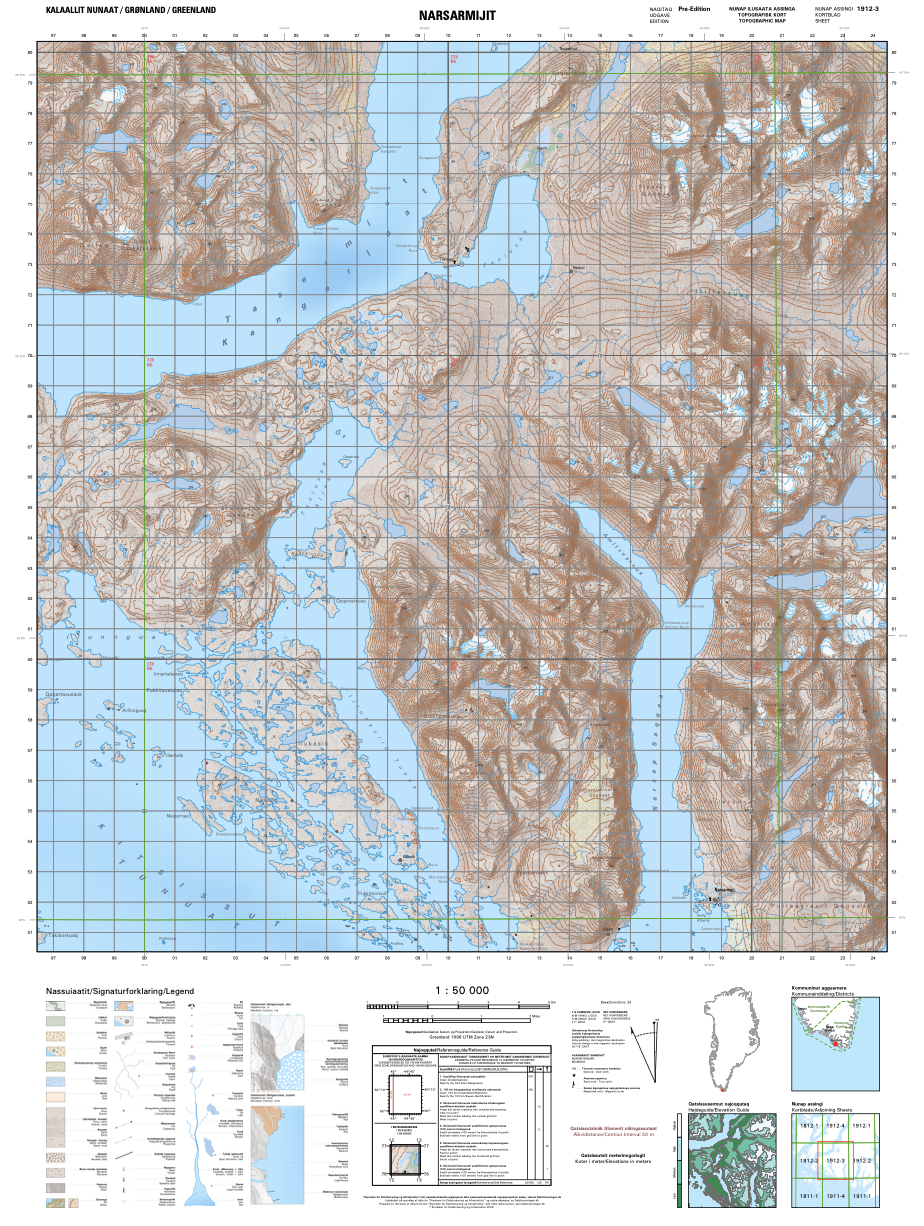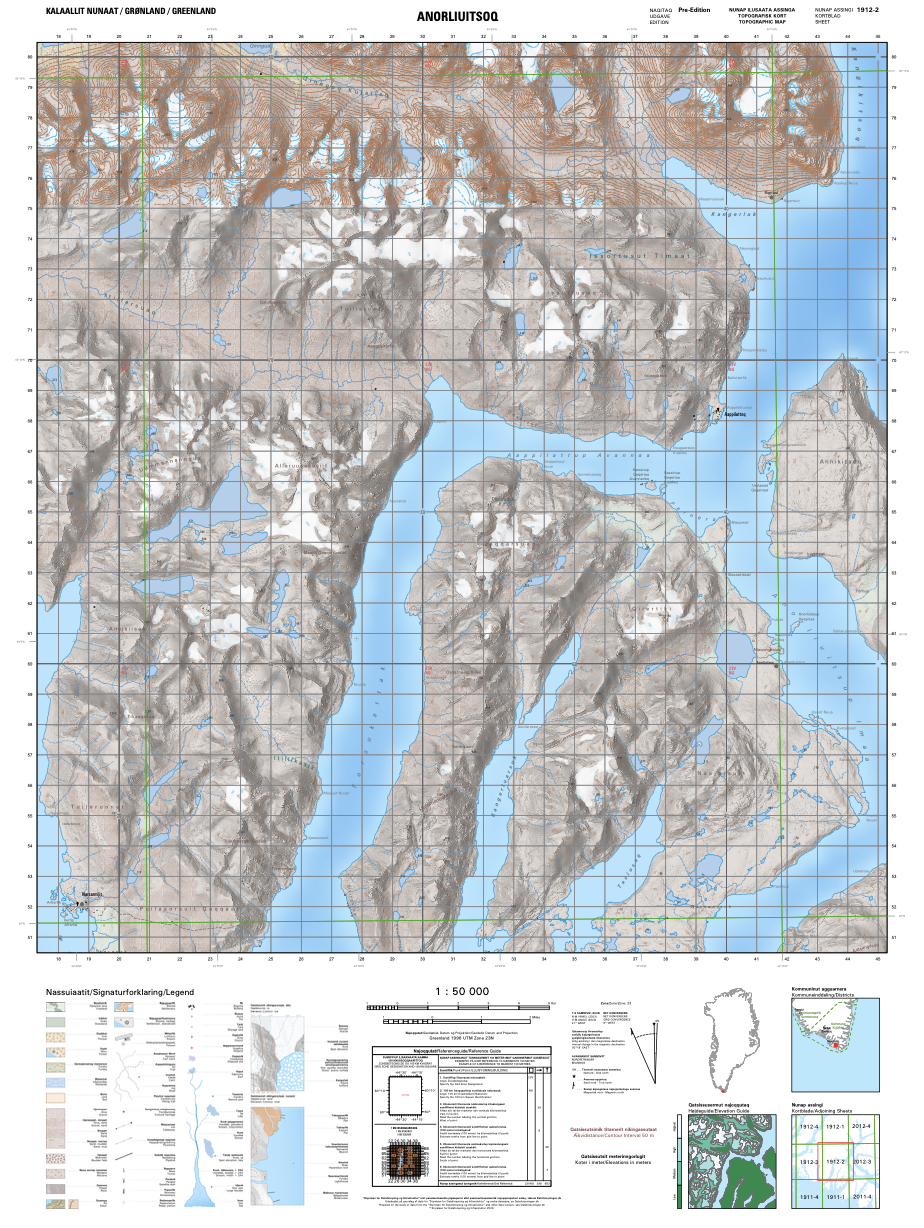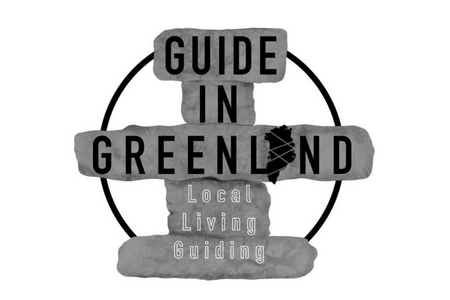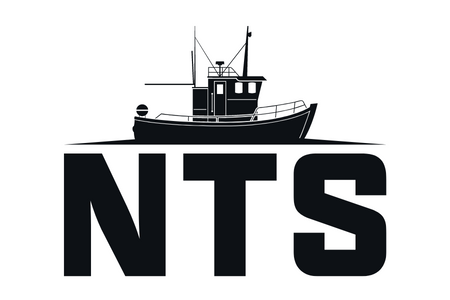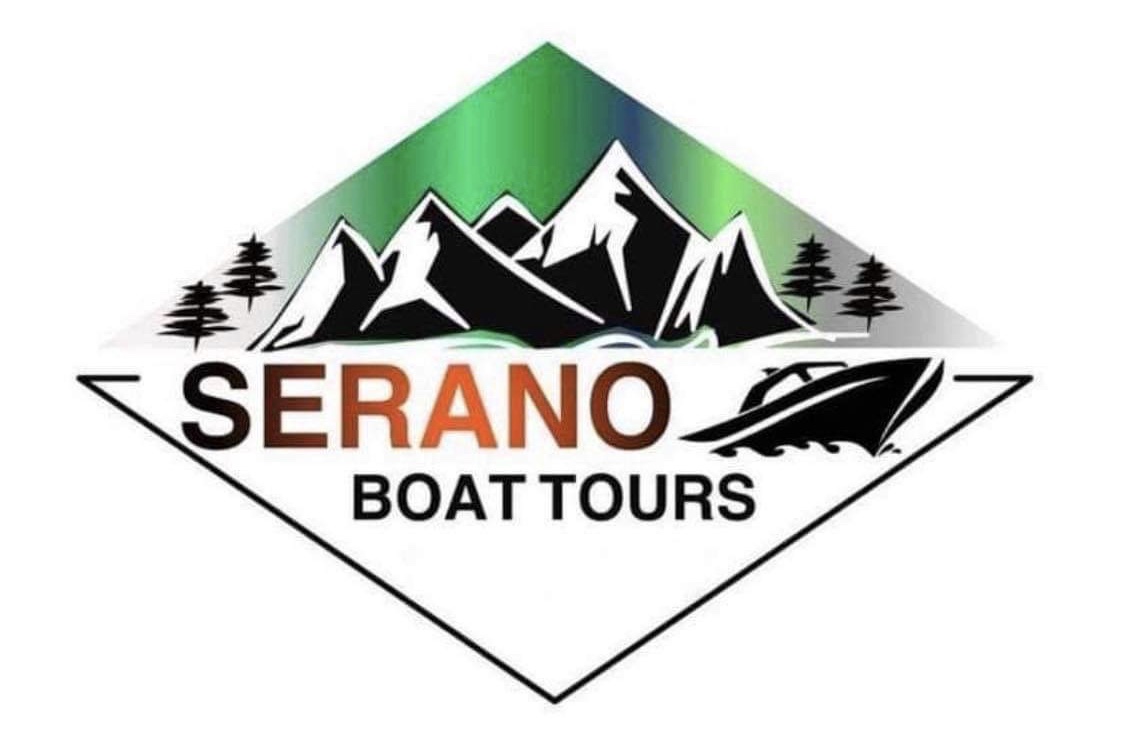Highlights: Glaciers, peaks, valley views, vertical mountain walls, rivers with crystal clear water.
Distance: About 28 kilometers for low country route. About 27,5 kilometers for the mountain lake route.
Time: 3 days, but can be done quicker depending on arrival time the first day.
Difficulty: Easy to moderate low country route. Moderate to strenuous for mountain lake route.
Elevation: About 200m for the low country route. 550m for the mountain lake route.
Trail quality: Partly beaten due to sheep trails in the area and sections with gravel road for the low country route. Partly beaten and off-trail for the mountain lake route. River crossings along both routes
Distance: About 28 kilometers for low country route. About 27,5 kilometers for the mountain lake route.
Time: 3 days, but can be done quicker depending on arrival time the first day.
Difficulty: Easy to moderate low country route. Moderate to strenuous for mountain lake route.
Elevation: About 200m for the low country route. 550m for the mountain lake route.
Trail quality: Partly beaten due to sheep trails in the area and sections with gravel road for the low country route. Partly beaten and off-trail for the mountain lake route. River crossings along both routes
